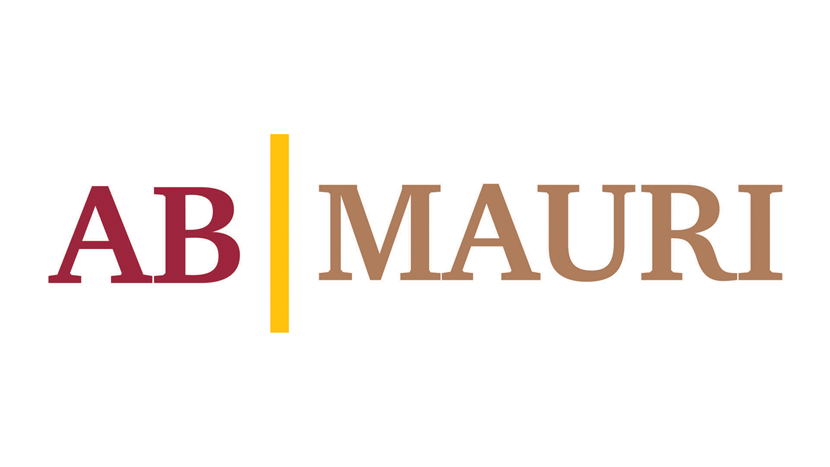AB Mauri investing in academic research

For the past 2 years, AB Mauri have collaborated with academics from the University of Sheffield on the Healthy Soil, Healthy Food, Healthy People (H3) project to boost fibre intake across the UK, focusing on school breakfast clubs.
This opportunity was seen as a chance to explore whether a high-fibre grains, such as BARLEYmax, could be used to reformulate foods already familiar in people’s diets and effectively increase fibre intake using a 'health by stealth' approach. The H3 team had been implementing interventions in school breakfast clubs, during which, insights revealed that children prefer white, smooth baked products and that bagels were especially popular in these settings. Based on these insights, a product development brief was created.
High-fibre grains contain up to 50% more fibre than conventional grains, enabling a high-fibre claim with lower inclusion rates. In contrast, achieving a high-fibre claim with conventional wholemeal wheat flour usually requires 100% wholemeal flour, resulting in wholemeal breads which are often perceived as less appealing, particularly to children. By blending higher-fibre grains with white wheat flour, the appeal of high-fibre options can be enhanced.
Three different bagels were developed using various formats of BARLEYmax—flour, flake, and kibble—aiming to create a variety of tastes and textures while ensuring the products remained appealing and familiar to children. Each product contained between 6.5 and 7g fibre per 100g. Additionally, a control white bagel was developed, fortified with white wheat fibre to achieve a similar fibre level. These four bagels were included in several taste and rate sessions at both primary and secondary schools, with overwhelmingly positive results. Students enjoyed the taste and texture of these high-fibre bagels despite the common preconception that children won't eat or like high fibre bread products. Next steps are to expand the taste studies on a larger scale to further evaluate this intervention’s feasibility and its potential to boost fibre consumption for the next generation.
